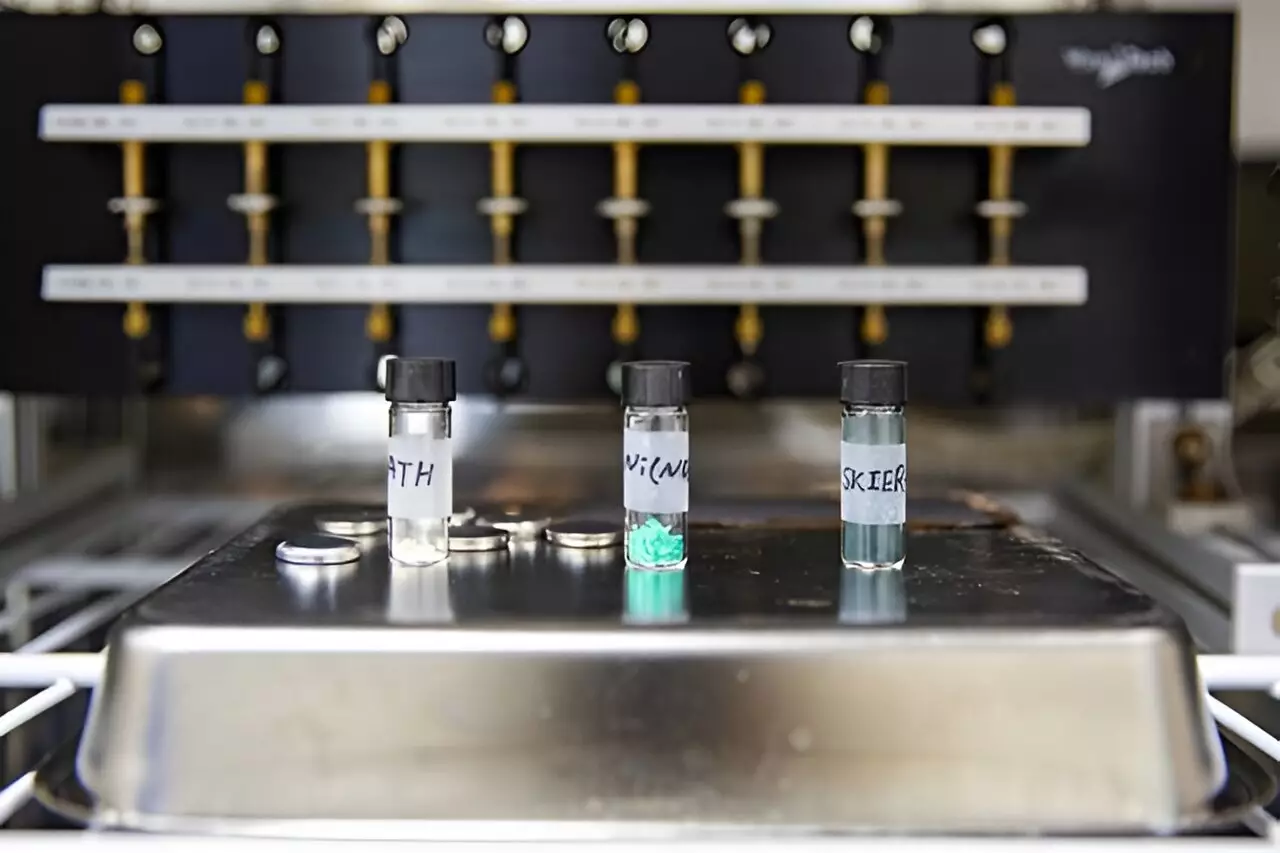The Korea Institute of Energy Research (KIER) has made considerable strides in the development of a redox-active metal-organic hybrid electrode material known as SKIER-5. This innovative material addresses the limitations of graphite as an anode material in conventional lithium batteries, particularly in cold conditions as low as minus 20 degrees Celsius. The potential applications of SKIER-5 include electric vehicles, drones, and ultra-small electronic devices, making it a versatile and promising alternative to graphite.
Graphite has been the conventional choice for anodes in lithium-ion batteries due to its stability and cost-effectiveness. However, batteries with graphite anodes face challenges in subzero temperatures, as the storage capacity decreases significantly. Additionally, dendrite formation on the anode surface during charging can lead to thermal runaway and potential explosions. In response to these drawbacks, Dr. Jungjoon Yoo, Dr. Kanghoon Yim, and Dr. Hyunuk Kim led a research team at KIER to develop SKIER-5, a redox-active conductive metal-organic framework.
SKIER-5 demonstrated impressive results in subzero environments, with a discharge capacity five times higher than that of graphite. At room temperature, the SKIER-5 anode achieved a discharge capacity of 440 mAh/g, exceeding the 375 mAh/g capacity of a graphite electrode. Even after 1,600 charge-discharge cycles, the capacity of SKIER-5 increased by approximately 1.5 times, showcasing its durability and longevity. This exceptional performance is attributed to the redox mechanism of SKIER-5, which interacts with Li ions to facilitate electron transfer and increase electron storage.
One significant advantage of SKIER-5 is its operational stability in low-temperature environments. At minus 20 degrees Celsius, SKIER-5 maintained a discharge capacity of 150 mAh/g, five times higher than that of graphite under similar conditions. This enhanced performance is a result of SKIER-5’s lower energy threshold for chemical reactions, ensuring consistent performance even when reaction rates typically decrease in cold settings. The operating principle of SKIER-5 was confirmed through first-principles calculations based on quantum chemistry, aligning closely with experimental results and highlighting the material’s theoretical capacity and reaction voltage.
The development of SKIER-5 by KIER represents a significant advancement in lithium battery technology. By overcoming the limitations of graphite anodes in low-temperature environments, SKIER-5 offers a superior alternative with improved performance and operational stability. The redox mechanism and unique composition of SKIER-5 contribute to its exceptional results, making it a promising candidate for a wide range of applications in the field of electric vehicles, drones, and electronic devices. As research and development continue in this area, the potential for further innovations and enhancements in lithium battery technology remains promising.


Leave a Reply